Dispatcher for binfalse.de
This page lists a few of my tools and methods in the following categories:
My Tools and Methods
I've been working on many different tools. Select a categroy from top to get a list of relevant links and brief descriptions that may be of interest in this scope.
Monitoring tools and plugins
As administrator I'm of course using monitoring a lot. Typically, I use Icinga and the NRPE server or NSClient++. I'm using many of the default monitoring plugins and some third party scripts from Nagios Exchange, but I also neede to develop a number of monitoring plugins myself.

I developed tools to monitor Cisco's Catalyst switches — namely to check the fans, the flash drives, the load, the memory, and the temperature.

I furthermore developed plugins to monitor Extreme Networks devices — namely to check the fans, the FDB table, the memory, the powersupplies, and the temperature. See also Monitoring of XOS devices.

I developed multple plugins to monitor resources on the internet. Check::links, for example, monitors all kinds of web resources, including content negotiation and support for special headers and cookies. Check::WordPress checks WordPress blogs, Check::GitHub::fork checks if a forked project on GitHub is up-to-date with its master, and Check::URL Shortener monitors web redirections, as provided by URL shorteners.

Several monitoring plugins check the state of linux systems and services running on linux. For example, Check::Kernel checks if the system is booted into the latest kernel, Check::Mount makes sure all resources are mounted, Check::Reboot checks if a system needs a reboot, Check::Imap-Daemons monitors the number of Imap processes, Check::UserBeanCounter monitors the fail counts for OpenVZ containers, Check::LDAP Password expiration notifies if an LDAP account is about to expire, Check::PyKota checks if PyKota is running properly, and Check::HP health monitors the health state of HP Proliant machines.
The logos are obtained from Cisco_logo.svg, Extreme_Networks_logo_-_new.png, Tux.svg, and Crystal_Clear_app_linneighborhood.svg.
Web projects and Browser extensions
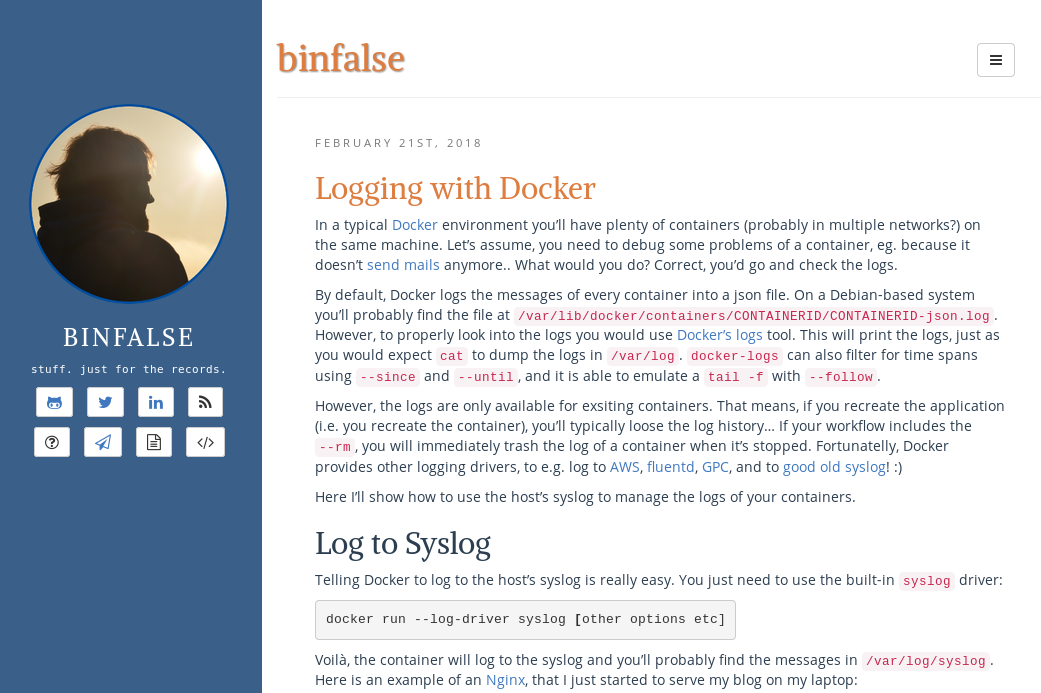
First of all, I'm running this blog, already since 2009! I use it to primarily store some settings and solutions for myself, but I hope it also helps others in fixing and/or building things. The majority of articles deal about systems administration and free software in general. I also use this blog to announce and describe new tools.

DeinWal was a very successful project for the federal elections in Germany 2017. It helps voters to decide for a political party, based on past decisions of the parties in Bundestag. As such, it reached millions of people, and was used in school and research projects.

The website wahlbilanz.de analyses the political state and reports about events. It used to help use realising the DeinWal project, but now also serves many other purposes.

I developed a web extension for the YOURLS tool, to shorten URLs immediately while browsing the web. It is available as a plugin for Firefox and for Chrome.
In addition, a few user-scripts for Greasemonkey (and similar) improve the browsing experience :)
The logos are obtained from Gnome-web-browser.svg.
Tools and applications for natural sciences
As a bioinformatician I developed a handful tools that may be useful in that domain. Here you'll find a selection:

The Cardiac Electrophysiology Web Lab is a web-based repository of simulation studies, which I developed during my internship in the Computational Biology Group at the University of Oxford. The Web Lab breaks with the antipattern of traditional simulation studies and explicitly distinguishes between models and protocols, which can be linked to each other dynamically (e.g. through semantic annotations). Thus, it is possible to analyse the same model in different environments and -vice versa- to benchmark a number of models under fixed conditions. Simulation results can be compared online, using sophisticated JavaScript techniques.
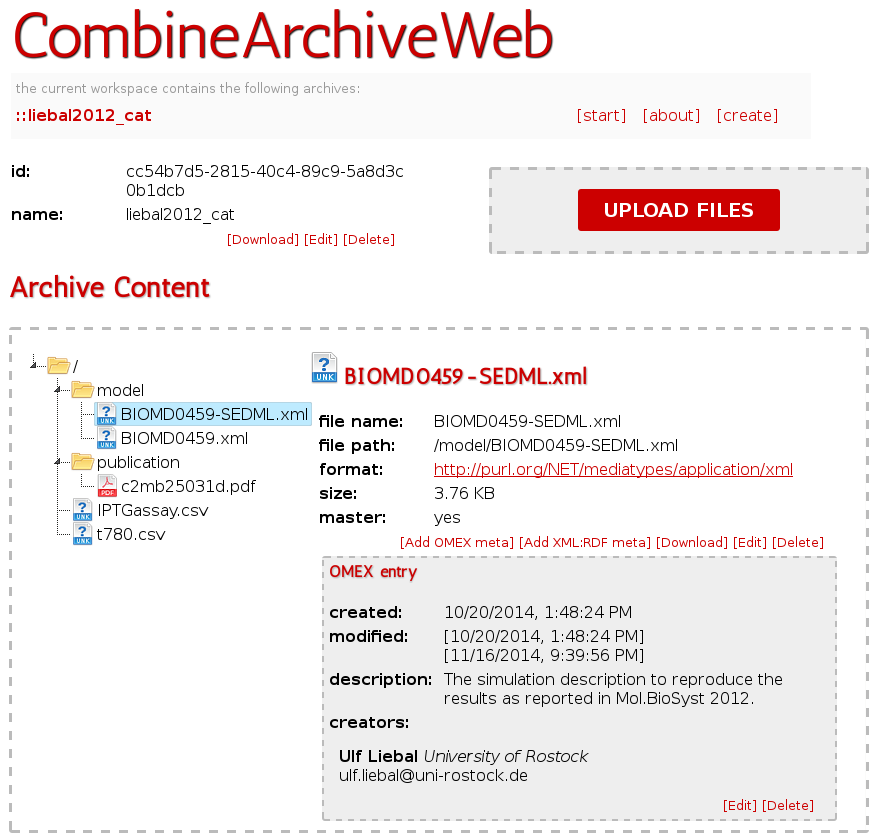
The CombineArchiveToolkit (CAT) consists of a library and a web application:
The CombineArchive library is a Java library to read, write, create, and manipulate COMBINE archives.
It is fully compliant with the latest COMBINE archive specification.
It is developed at GitHub and an example on how to create and read a COMBINE archives is shipped with the code.
The CombineArchiveWeb application builds on the CombineArchive library and provides a platform to explore and share COMBINE archives.
A public instance is available at cat.bio.informatik.uni-rostock.de.
As it's also available as binfalse/webcat from the Docker Hub, it's fairly easy to install/maintain an individual instance.
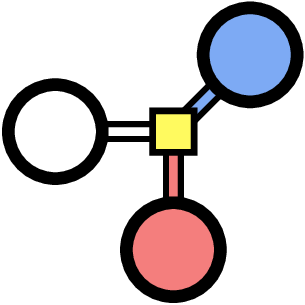
BiVeS implements my algorithm to detect and communicate differences in computational models, see publication in Bioinformatics. It is written in Java and, thus, operating system independent. BiVeS also implements a web application, which is available as a Docker image from the Docker Hub as binfalse/bives-webapp. A public instance of the application is available at bives.bio.informatik.uni-rostock.de.
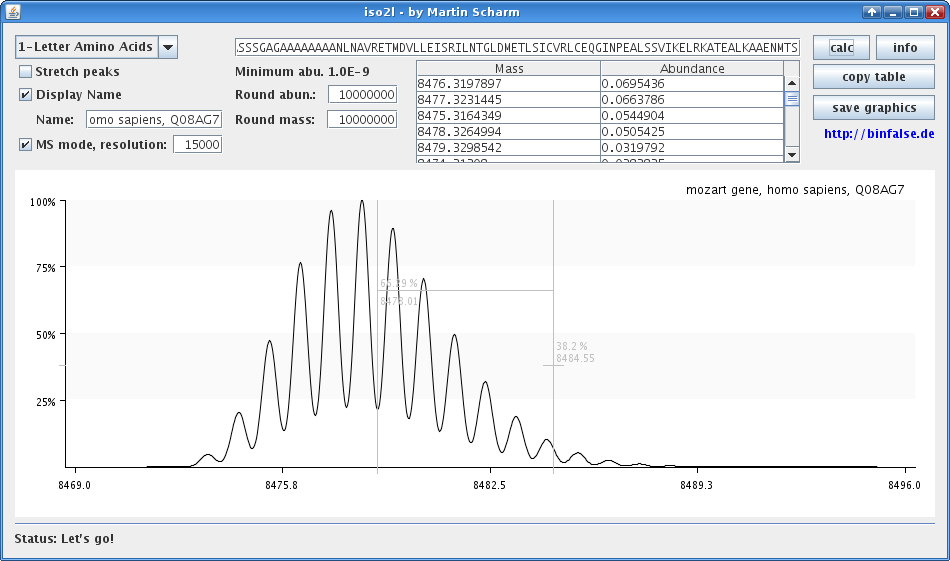
The iso2l (ˈaisəutuːl, spoken isotool) is a software to calculate the isotopic distribution of a chemical formula or an amino acid chain. It takes a chemical formula or an amino acid chain and computes an isotopic distribution of that compound. iso2l is able to simulate a mass spectrometer (resolution can be configured), which makes it very easy to compare the results with actual experiments.
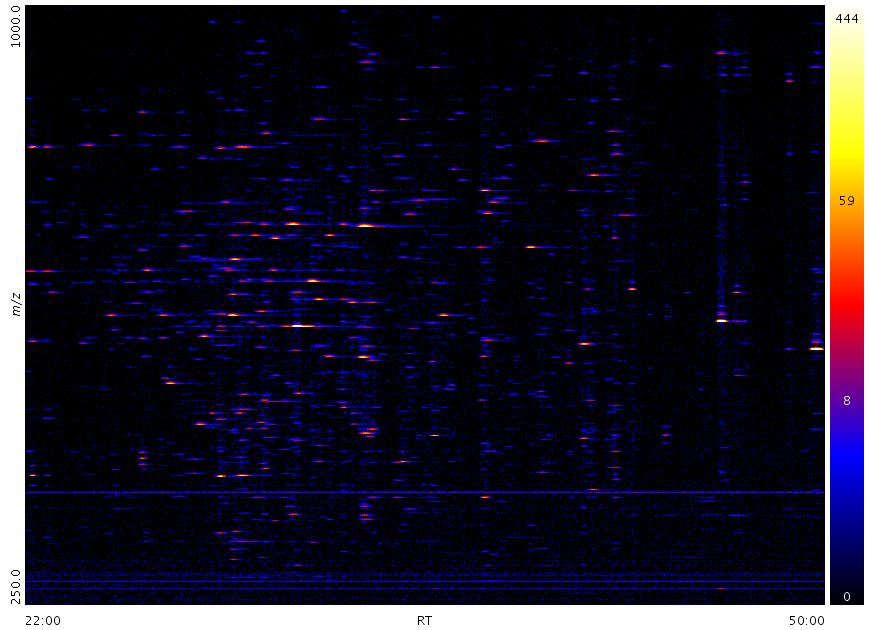
MS-Mapper is a Java application, designed to create 2D-heatmaps of mass spectrometry data. You can choose between different color maps, e.g. heat colors or a gray scale. It also supports various scaling: logarithmic scale, scale by square root and no scaling at all. In addition the figure can be surrounded by a legend.
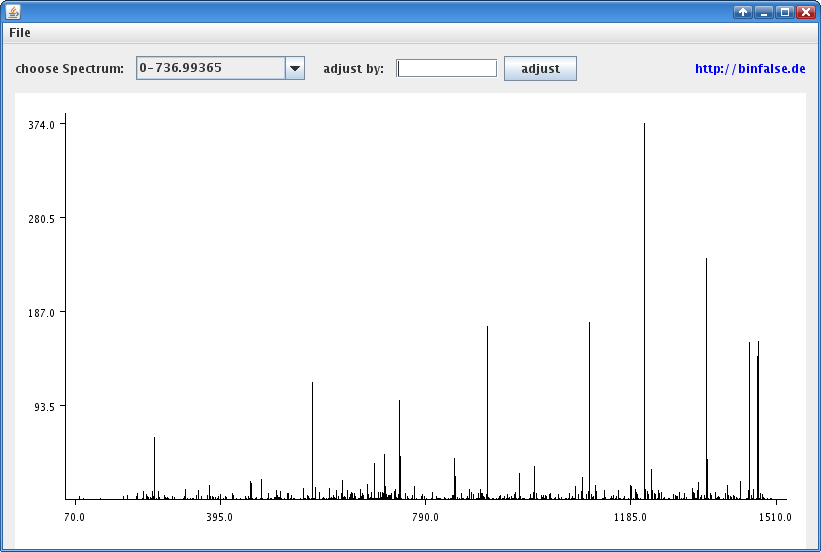
adjustPKL can be used to recalibrate PKL-Files derived from MS-experiments. It often happens that the output of mass spectrometry experiments is shifted by a constant ppm value (e.g. because of a different room temerature). With this tool you can reshift the data. You can decide to correct all spectra or just a single one of a PKL file. adjustPKL also contains a small spectrum viewer to visually validate the resulting spectra.
In addition, my ParseAble BioData may also be of interest!? ;-)
Shell scripts and other snippets
- A collection of a few useful shell commands.
- Some snippets and small scripts may help you to survive in the terminal. Highlights:
- Some configuration files make it easy to feel home in various software:
- R.rc contains useful hints to personalize Gnu R,
- screen.rc for a userfriendly screen session,
- sources.list for apt(-itude)
- Also heavy software needs configuration. These resources may help to configure:
General applications and tools
In the past years I also developed a few stand-alone applications. Here is a collection of some useful tools.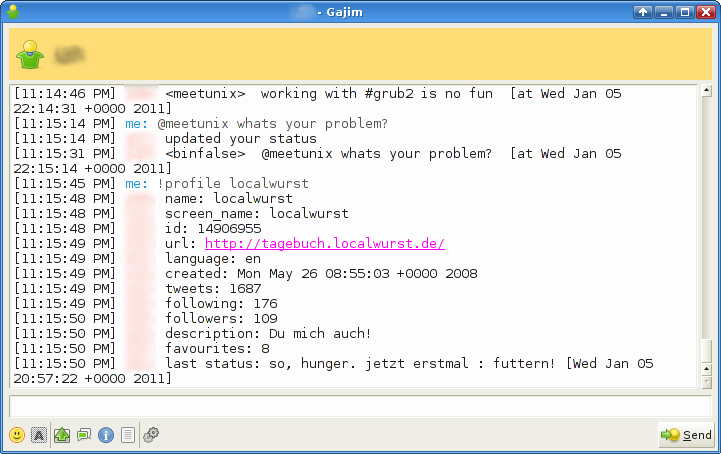
Jatter is a Jabber-Twitter bridge.
That is, you can interact with Twitter through your Jabber/XMPP chats.
Jatter is basically a chat-bot. It uses the Twitter API to get updates of your timeline and sends them to your Jabber account. On the other side it listens to chat messages of your Jabber account and sends them as a status update to Twitter.
Previous versions using legacy techniques exist as XTB and Jabber -vs- Twitter.
PyThumb is Python library to create thumbnails of all sort of data. It supports image formats, office files, PDF, ebooks, websites, and so on.. It can be used as a library for other Python software or through a web interface, which is for example available as a Docker image.
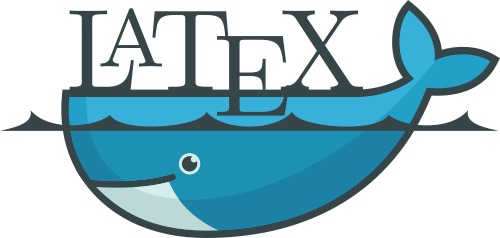
TEXPILE is a web application to compile LaTeX projects remotely. It's written in PHP and jailed in a Docker container, available as binfalse/texpile from the Docker Hub. This way, you can generate beautiful PDF documents from low-end (IOT) hardware.

TORMATE is Tor's mate.
Tor is a tool for annonymous communication over the internet. However, there are a number websites that block traffic from the Tor network (or require solving a captcha, which cannot be done by your RSS reader etc..). And that's why Tor needs a mate: TORMATE :)
You can think of TORMATE as a gate into the web of Tor-blockers. TORMATE can deliver resources from the legacy web, that would otherwise be inaccessible from the Tor network.
_logo.svg)
I developed many more Docker images. Most popular/interesting are probably the BiVeS WebApp, WebCAT, Texpile, Baïkal, and Tormate. You'll find most of my images at my Docker Hub page.
Some more tiny stuff can be found at GitHub: binfalse/stuff
The logos are obtained from Docker_(container_engine)_logo.svg, Loading_icon.gif, and Tor-logo-2011-flat.svg.
My Profiles on the Web
You can find me at different corners of the world wide internet. Some places are:
Contributions to public projects
I contributed to a number of projects. This is a list of the most important ones:

WIDOCO is a WIzard for DOCumenting Ontologies. It helps you to publish and create an enriched and customized documentation of your ontology. I also used it to publish COMODI and in this scope improved and fixed the tool.

Contao is a free content management system, which emerged as a fork from Typo3. I'm running the website of our department on a Contao platform, and submitted and fixed a few issues.

Jekyll is a tool to generate static websites from plain text files. I use it to run a few websites, such as this blog. As such, I contributed a few fixes and plugins, for example Unix' CAT for Jekyll and a Docker image to compile Jekyll pages.

SBSCL is the Systems Biology Simulation Core Library. I helped implementing support for COMBINE archives using the CombineArchiveToolkit.
The logos are obtained from widoco.png, contao_original_rgb.svg, jekyll-logo-black-red-transparent.png, and SBSCL.png.
 Monitoring
Monitoring
 Web dev
Web dev
 Bio-Tools
Bio-Tools
 Resources
Resources
 Applications
Applications
 Profiles
Profiles
 Contributions
Contributions
